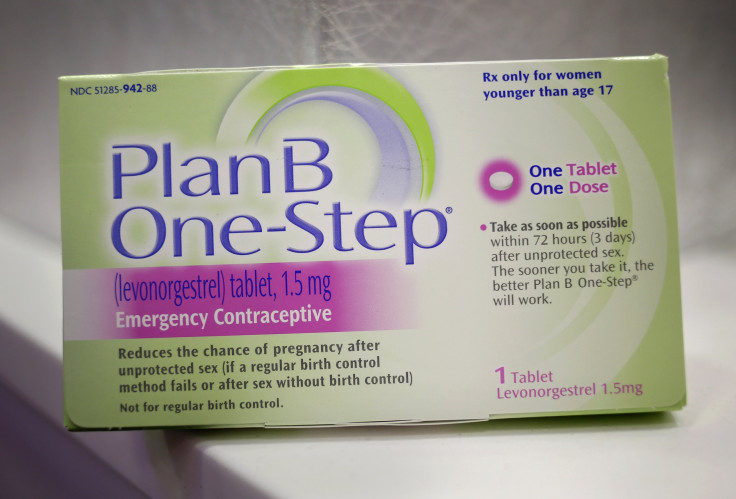6 Most Common Birth Control Mistakes That Can Get You Pregnant

Many men and women rely on birth control to prevent pregnancy and protect themselves against STIs. There are dozens of contraceptive methods that control fertility, from condoms to the pill. Yet, misusing birth control and misinformation about these options is far too common, leading to unintended pregnancies.
In the video, "6 Birth Control Mistakes You Don't Want To Make", Health outlines the six most common birth control mistakes, and how to immediately resolve them.
There are several reasons why birth control is important; it lets an individual decide when or whether they want to get pregnant. Previous research has found 77 percent of women say birth control has allowed them to take better care of themselves and their families. It allows both men and women to make a well-informed decision of when they should start a family, if they choose to.
To practice safe sex, and prevent unplanned pregnancies and STIs, take a look at the six most common mistakes to avoid that can lead to pregnancy.
Mistake #1: You forget to take your pill.
Missing three or more combination birth control pills (contains both estrogen and progestin) means you could end up pregnant. You need to take the pills again for seven days straight, and use backup birth control, like a condom, during that week. Progestin-only pills need to be taken at the same time each day, with backup contraception needed for 48 hours, if you're off schedule by more than three hours.
A 2007 study suggests the trick is to remember to take the pill, or use backup contraception for seven days if you forget. In the study, 27 percent of women didn't take the pill for two or more consecutive days, and used no backup contraceptives, increasing their overall risk of pregnancy. It's best to ask your doctor about what to do if you forget a dose, and to set a daily phone alarm as a reminder.
Mistake #2: You take your pill at a different time every day.
Progestin-only pills need to be taken at the same time each day. The active ingredient in POPs, progestin, does not stay in the body's system for very long — typically 24 hours. When the pill is taken at a later time, a woman's body has had the time to go back to its natural fertility and release an egg. However, if a woman has sex after taking a late pill, she has a higher chance of becoming pregnant.
Mistake #3: You use the wrong lubricant.
Using oil-based lubricants, like Vaseline, baby oil, and mineral oil-based body lotions, can significantly weaken latex condoms in just 60 seconds. Previous research has found the use of these lubricants increased breakage, in both new and aged condoms, while water-based lubricant did not impact the breakage rate of the new condoms. Also, keep in mind lipstick contains oils that can also reduce the strength of the latex. A water- or silicone-based lubricant is better for these types of condoms.
Mistake #4: You rely on spermicide.
Spermicide offers low protection from pregnancy on its own. However, paired with other forms of birth control, like condoms or the pill, it can be effective. If women always use spermicide as directed, 15 out of 100 will become pregnant each year.
Mistake #5: You don't use condoms.
Condoms help protect you from STIs. but hormonal birth control can't. No type of condom prevents pregnancy or STIs 100 percent of the time. However, if you and your partner are having sex, a condom is the best choice to protect against STIs.
Mistake #6: You haven't explored your options.
The pill remains among the most popular option for women, with a total of 28 percent of women using it as contraception. However, not everyone wants to remember to take the pill every single day. Therefore, it's best to speak to your gynecologist about injections, IUDs, and other effective options.











